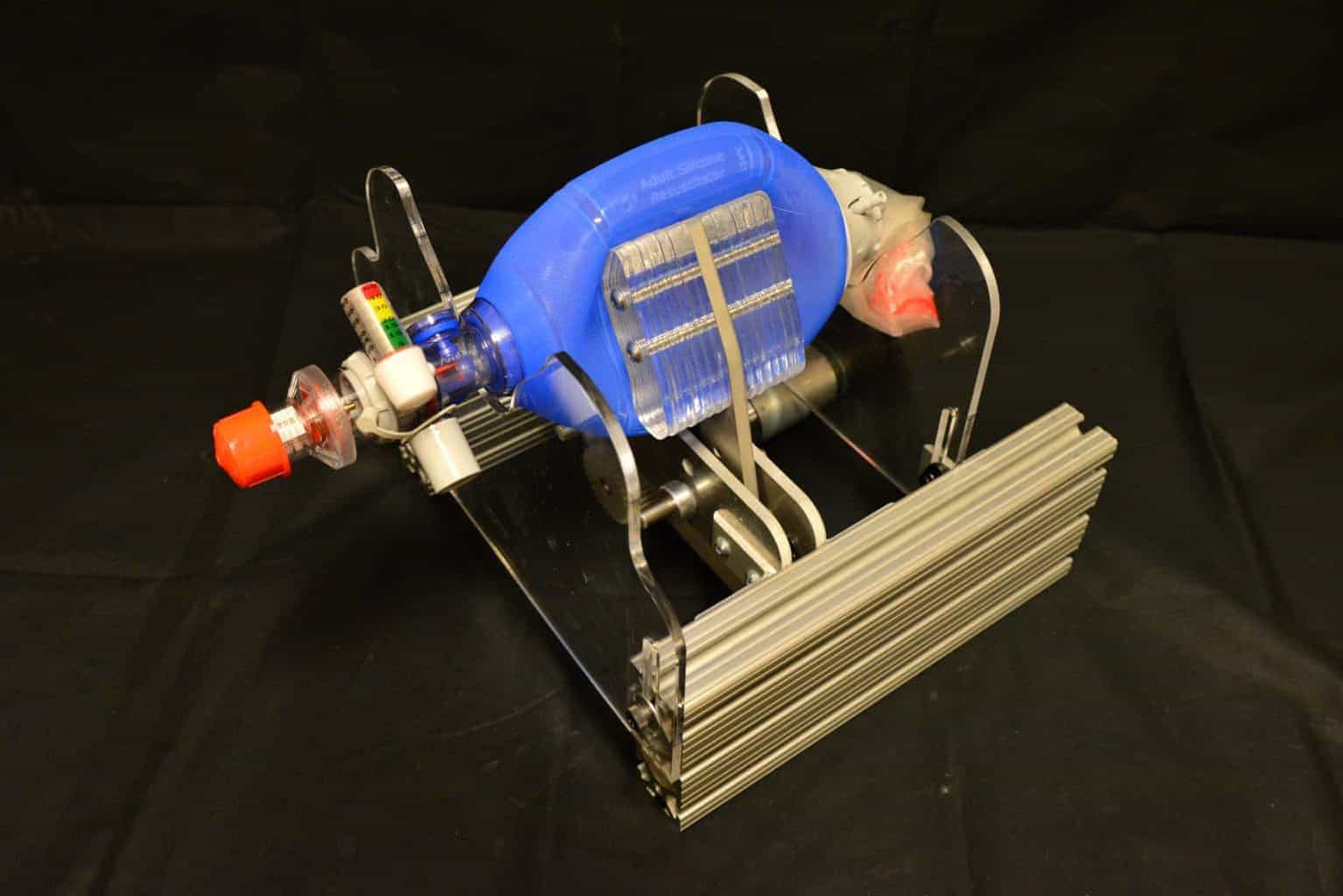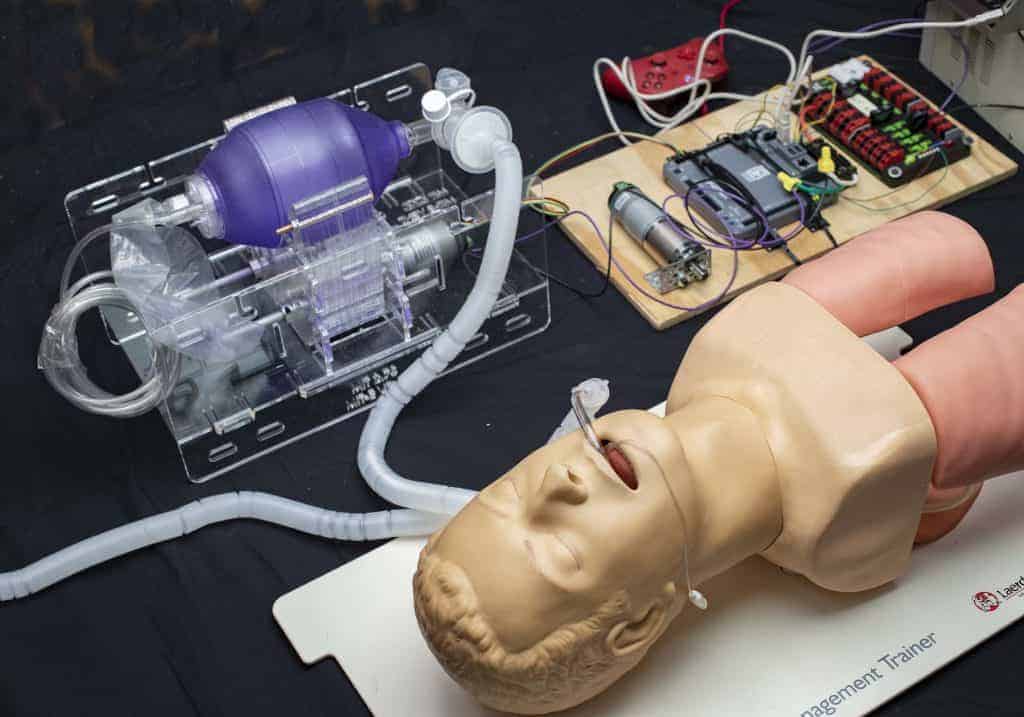The Novel Coronavirus pandemic is deteriorating gradually, as it’s limiting everyone to home and stopping the production of essentials. Essentials include not just food, but critical PPEs. And one of the serious PPE that’s being short these days is a ventilator. Producing them in a short span is a tough job, yet, there’s a team from MIT who developed manual ventilators that are simple, cheap and portable.

The Growing Need
Death count caused by COVID-19 is over 35,000 to date and it has no signs of slowing down soon. Crucial players fighting against this pandemic are doctors, who are needed for Personal Protective Equipment (PPE). These include sanitizers, disinfectants, gloves, suits, masks, etc. Amongst them, the most crucial element would be ventilators, as they’re directly helping the virus-infected patients.
Coronavirus patients suffer from suffocation at their last stages, as this virus attacks lungs. Thus, doctors set up patients on ventilators to supply them with adequate oxygen in their hard times. As these are diminishing rapidly due to the subsequent increase of patients, there should be a way to bridging this gap. So here comes MIT, with a small and cheap ventilator which could be handy in emergency situations.

Portable, Cheap and Simple
Named as E-Vent (Emergency Ventilator), MIT has developed this a decade ago (2010) but hasn’t made it into mainstream anyway. But as the US-facing the worst hit by Coronavirus now, it’s necessary that America should be trying new things. E-Vent isn’t approved by FDA yet, but MIT is hoping to be done so as they’re really handy in emergency conditions.
This system has a mask connected to an Ambu-bag, which is a bag-valve manually squeezed by operators to oxygenize the patients. It’s light and simple and has undergone slight changes in its body design over the years to be more robust. It costs around $100, says MIT and could really be helpful in bridging the gap growing number of patients.
Source: MIT



